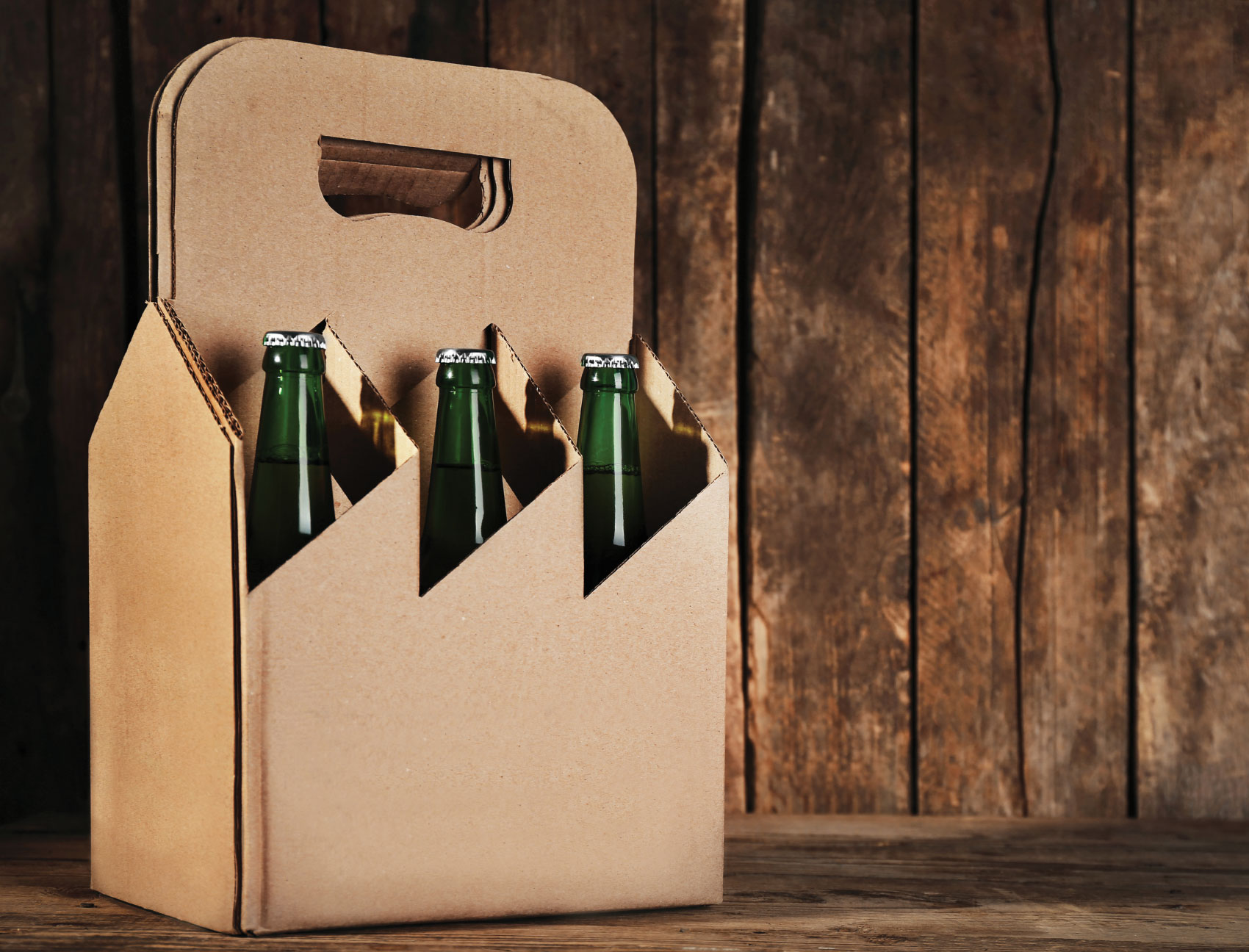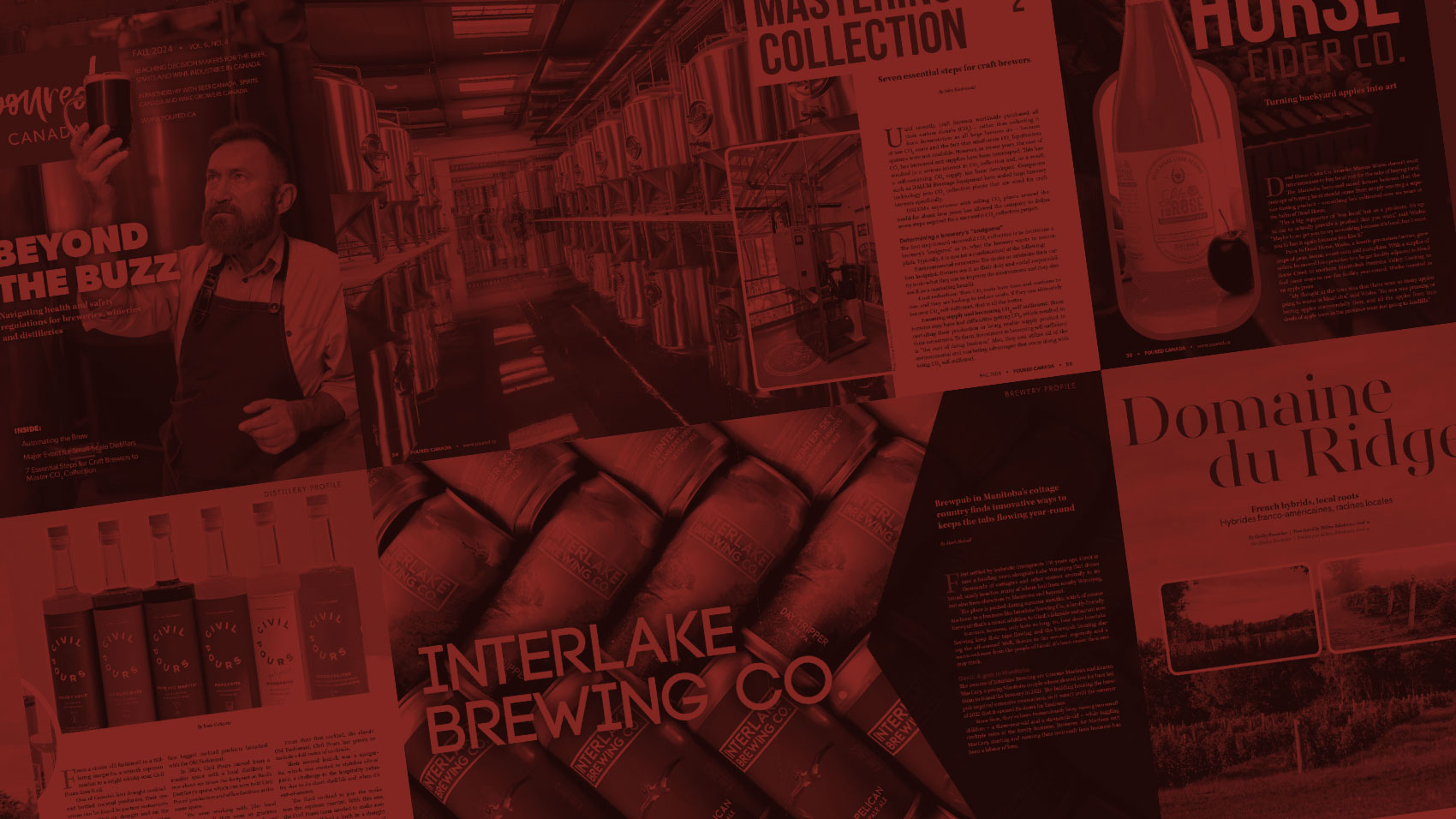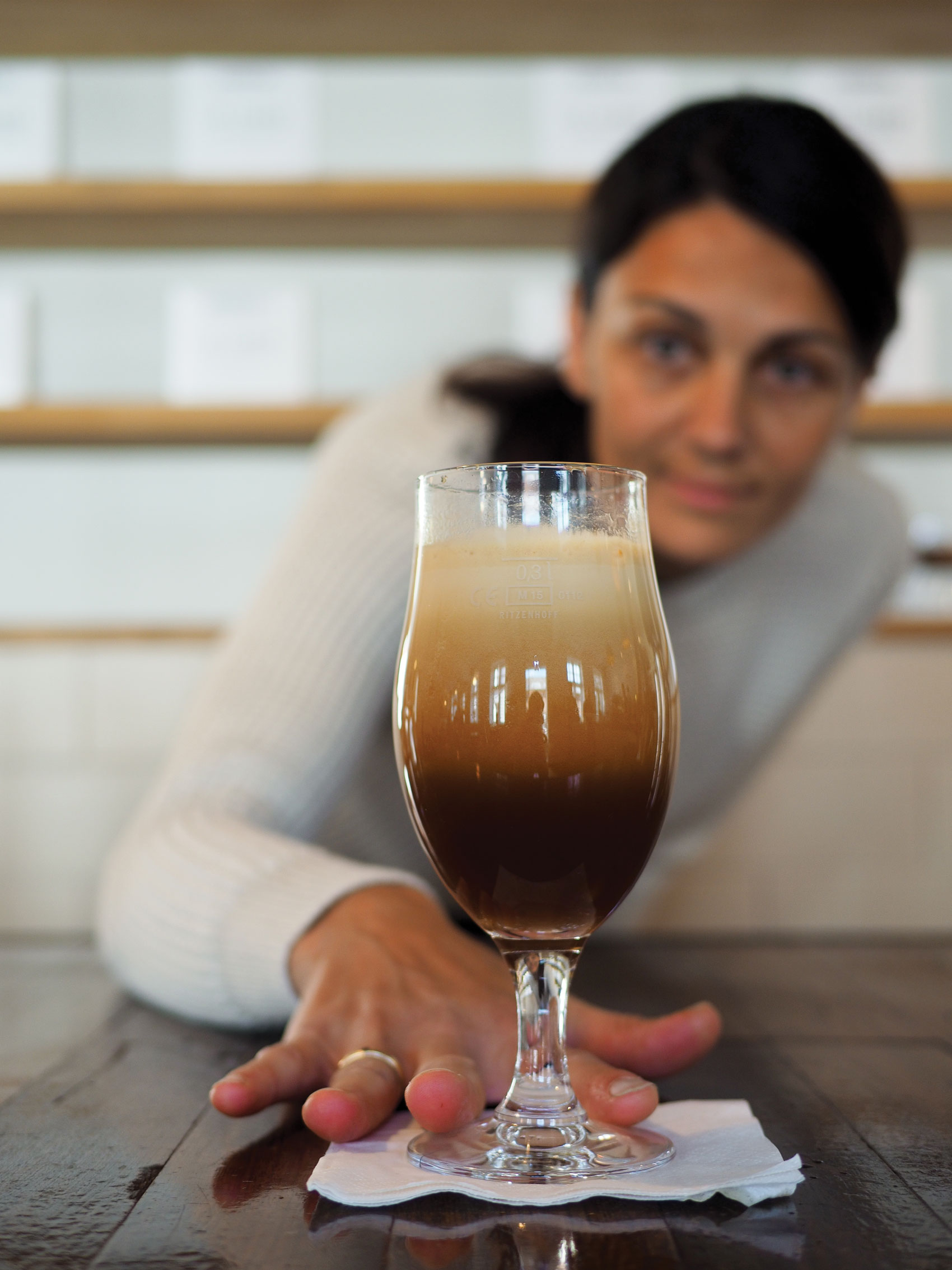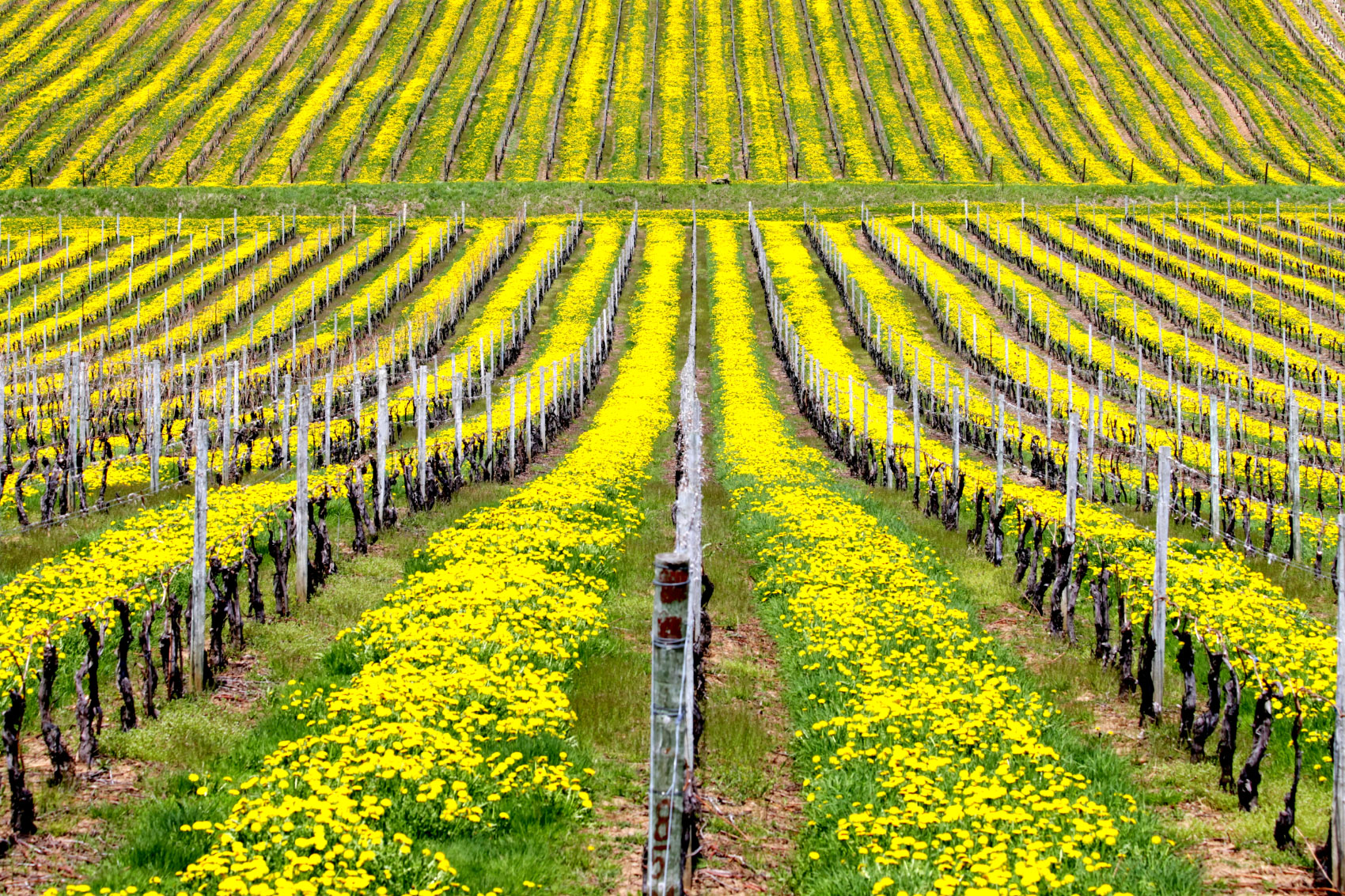Your packaging is probably not working hard enough for you. It could be doing a lot more. In fact, as it is currently designed, it could be a missed opportunity (particularly the back or side label).
This is not a criticism of your packaging design – and it isn’t a pitch from a design agency to re-design your packaging. It is an argument that your packaging needs to get with the times and take advantage of technology to deliver more content to your consumers so that you can forge a deeper relationship with them. This stronger relationship can deliver greater brand loyalty and may even help reduce your marketing budget.
First, let’s start with what your packaging looks like now. It probably has a great front label with a brand name and logo that consumers know and love. However, your back or side label is another story. There’s not a lot of space to work with. The Universal Product Code needs to be there, your address and other mandatory information are a must-have, and maybe a brief – very brief – description or story about your brand can be squeezed in.
That brand story is probably the most important piece, but there just isn’t enough room to tell the entire tale. Think of your brand as a person and the purchase process as dating. The front label of your package is your brand’s face and that’s what your consumer (or date) sees first. That might be enough to get the sale (a second date), but what if your consumer (date) wants to know more and your only response is your name, address and phone number? Chances are the sale (or date) will end and there will be no further relationship.
QR codes can deliver much more than a simple link between the code and a singular static piece of content.
Many brands aspire to tell longer and more compelling stories that highlight what differentiates them in the market. There is often a desire to capture consumers’ data and opinions to refine offerings and establish a deeper connection. Engaging consumers through social media platforms or gaining geographic insights about their customer base are additional objectives.
However, limited label space presents a significant challenge. Traditional packaging lacks the room to deliver extensive content or engage consumers dynamically – but technology now offers a solution. Advanced tools make it possible to communicate more effectively with consumers and receive valuable feedback in return. Two key trends have emerged to facilitate this transformation: convergence and the increasing use of QR codes.
Convergence: Bridging the physical and digital worlds
Described as the fourth industrial revolution, convergence merges physical and digital experiences. This shift is evident in innovations such as virtual reality, augmented reality and digital integrations like IKEA’s virtual furniture previews or Disney’s RFID-enhanced park experiences. Packaging can participate in this revolution by becoming a gateway to digital engagement.
QR code adoption: A growing trend
QR code usage has soared, with creation rates quadrupling between 2021 and 2024. Post-COVID-19, these codes have become a common tool for accessing product information and incentives. Studies show that 80 per cent of consumers trust QR codes, frequently using them to learn about products or unlock benefits. Advanced QR codes go beyond static links to offer dynamic and interactive experiences, enabling brands to collect data, conduct surveys and engage users with personalized content.
Most of the QR codes being used today are simple connections between the code and content, such as links to websites or menus. However, QR codes can deliver much more than a simple link between the code and a singular static piece of content.
The Smarter Code uses more sophisticated and dynamic QR codes that can collect contact information so brands can re-market to their consumers, ask questions so their package can deliver consumer research insights, provide custom content, connect to social media and add call-to-actions combined with sending incentives.
The addition of a “smart” QR code is the way brands can squeeze more content onto the back label of their package. This is the way you can tell your full story and forge a deeper relationship with your consumers. Using the dating analogy, if your front label is the face of your brand, the QR code could be the brain. The power of The Smarter Code can also be applied to merchandising materials, in particular bottle neck tags. The Smarter Code has used QR code-empowered neck tags to help brands sell more and gain more insights.
Neck tags were developed with a “smart” $8 digital rebate. This was an experimental program designed to boost sales. QR codes were added to the neck tags in order to effectively aid the redemption process and communicate how the program works. The QR code system also asked several questions of consumers to help gain greater insight on the brand.
Consumers indicated they discovered the rebate in the store, with 73 per cent saying they found the neck tag in stores versus only 19 per cent finding the rebate through social media. The rebate was effective in getting new consumers to buy and try the brand; 59 per cent indicated that they were new users, while 32 per cent had previously purchased it. The Smarter Code’s sister company, Smart XM, has had great success using these QR codes in experiential marketing to go beyond one-and-done sampling, building stronger relationships with consumers.
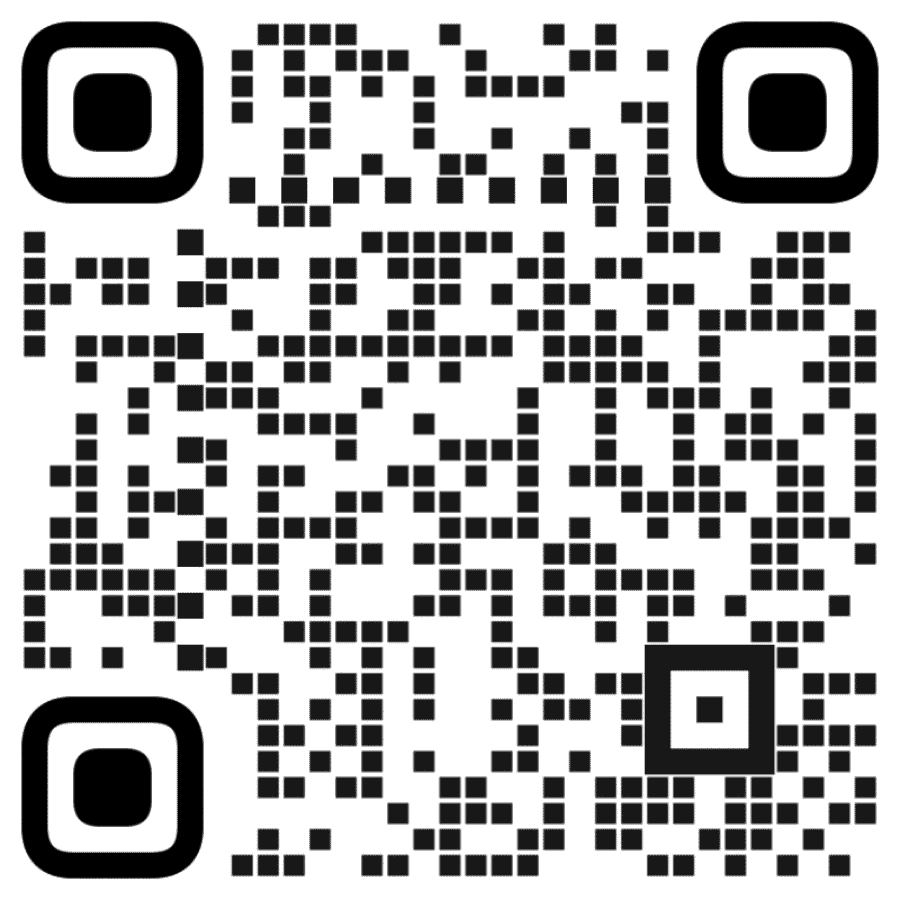
The Smarter Code is a new company pioneering the use of advanced QR codes. The Smarter Code is currently looking for brands who want to turn their packaging into a more powerful marketing asset. With this in mind, they are offering these QR codes for free.
To discuss this opportunity, email info@thesmartercode.com or scan, tap, or click the QR code in this article (which offers an automatic link to email – another way QR codes are smarter).

